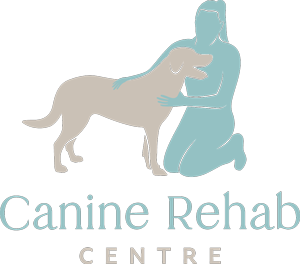Assessments
Canine rehab assessments are evaluations performed by our trained professional Janet to determine the physical condition and rehabilitation needs of a dog. These assessments are important for developing a customized rehabilitation plan that addresses the dog’s individual needs and helps them to recover from an injury, surgery, or other conditions affecting their mobility and quality of life.
During a canine rehab assessment, the Janet will typically perform a physical exam of the dog, which may include assessing their range of motion, muscle strength, gait, and overall mobility. They may also evaluate the dog’s posture and perform orthopedic and neurological tests to determine any underlying conditions or issues.
Based on the results of the assessment, the Janet will develop a customized rehabilitation plan for the dog, which may include a combination of therapies and treatments such as underwater treadmill, therapeutic exercises, manual therapy, laser therapy, ultrasound therapy and the use of assistive devices such as braces.
We will also work with the dog’s veterinarian to ensure that the rehabilitation plan is safe and appropriate for the dog’s individual needs and condition. Our therapist will monitor the dog’s progress throughout the rehabilitation process and adjust the plan as needed to ensure that the dog is making progress and achieving their rehabilitation goals.
It’s important to note that canine rehab assessments should only be performed by trained and licensed professionals who have experience working with dogs. Pet owners should always consult with their veterinarian and seek out reputable and licensed rehabilitation centers when considering rehab assessments and treatments for their dogs.

Initial Consultation
| In an initial consultation we require a little more time so we can take a history and perform an assessment. Please have any relevant history from your vet, physio, acupuncturist, etc available. | ||
| In an assessment we will have a feel of your dog’s musculature and watch him moving around. Depending on the dog we may get him doing simple movements like lying down or sitting. We’re getting an idea of which muscles may be tight and which are weak and what activities he can and can’t do so well so that we can tailor his treatment. Then we’ll give him massage and/ or laser therapy and discuss any ongoing treatment plan. You will need to be present so that you can help hold him if required, or maybe feed him some treats to encourage him to stay still. Once he’s used to his sessions, he probably won’t need his mum to hold his paw but it’s handy to have you around to begin with.
|
